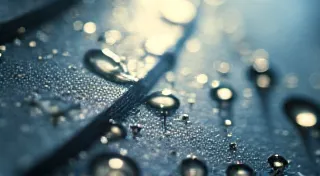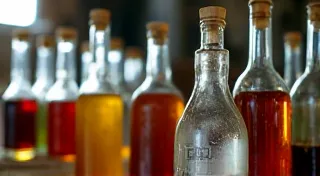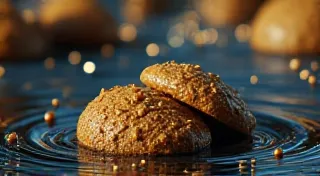Symphony of Steel: The Art of Antique Pen Nib Smoothing
There's a certain magic that clings to antique pens. More than just writing instruments, they are vessels of history, each scratch and imperfection whispering tales of past owners, elegant script, and a slower pace of life. Holding one is a tactile connection to generations, a feeling amplified when you feel the potential for a superior writing experience locked within a slightly stiff or misaligned nib. This is where the art of nib smoothing and polishing truly shines - a delicate dance between respect for the past and the pursuit of writing pleasure.
My own fascination began with a battered Conway Stewart pen, rescued from a dusty antique shop. It promised elegance, but the nib felt like dragging a tiny plow across the paper. Frustration quickly gave way to curiosity. I researched, experimented, and slowly, painstakingly, began to understand the subtle forces at play. It wasn’t just about removing roughness; it was about revealing the potential elegance already present, coaxing forth a symphony of steel.
Before embarking on restoring a vintage pen, it's essential to understand the overall condition and what care it requires. Sometimes, a pen's issues extend beyond a rough nib. A thorough cleaning is often the first step, and learning how to properly clean vintage pens can reveal a surprising amount of hidden beauty. Discovering the subtle beauty hidden beneath layers of grime is a reward in itself. For those new to the world of vintage pens, learning how to safely navigate this process can be quite beneficial – you can find helpful insights on Dust and Diamonds: Unveiling the Beauty of Vintage Pen Cleaning.
The Historical Context: A Craft Rooted in Precision
The evolution of pen nibs reflects the changing demands of communication. Early dip pens, while capable of beautiful lines, required constant re-dipping and often delivered an inconsistent flow. The emergence of lever-filled and piston-filled pens in the late 19th and early 20th centuries brought increased convenience and a focus on the writing experience. Manufacturers like Waterman, Parker, and Montblanc poured considerable resources into creating nibs that flowed smoothly and felt exquisite in the hand. They employed highly skilled craftsmen, often passed down through generations, who understood the nuances of gold alloys and the delicate processes of stamping, grinding, and polishing. These aren’t simply mass-produced components; they are works of miniature sculpture, often bearing subtle markings that denote the maker's signature or the pen’s intended grade. Sadly, the relentless push for automation and cost reduction gradually diminished this level of craftsmanship, leaving us with a legacy of exceptional vintage pens deserving of careful restoration.
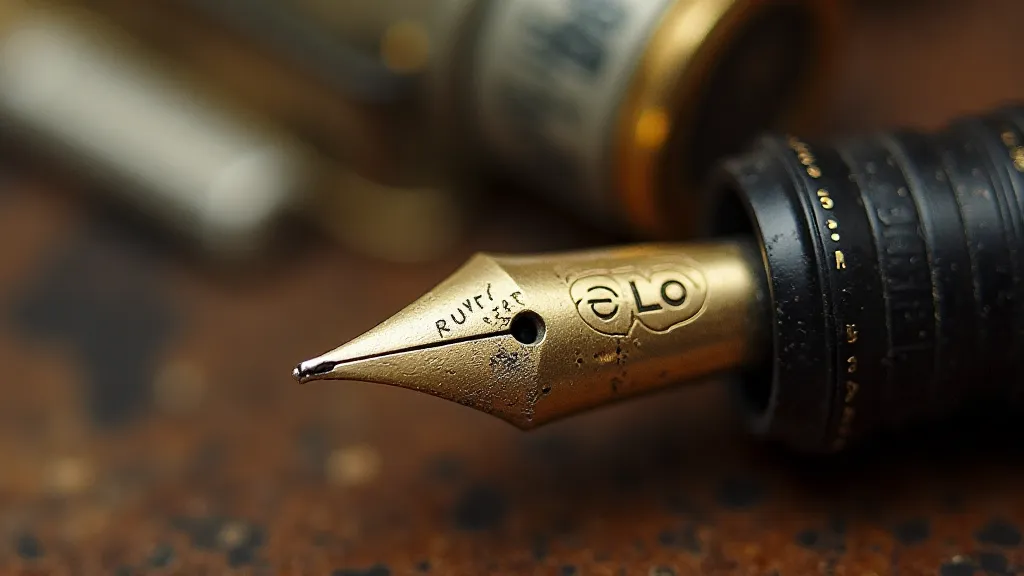
Understanding the Imperfections
So, what causes a vintage nib to feel rough? Several factors can contribute. Manufacturing tolerances weren't as precise as they are today, leaving subtle variations in the nib's surface. Oxidation and mineral deposits from ink can build up over time, creating a gritty feel. Pressure from the pen cap can slightly warp the tines, causing them to misalign. And, of course, general wear and tear simply takes its toll. Before embarking on any smoothing process, it's crucial to properly assess the nature of the imperfections. Is it a consistent roughness across the writing surface, or localized pitting? Is it a simple misalignment, or a more complex issue like a bent shoulder?
Tools of the Trade: Gentle Precision
The tools required for nib smoothing are surprisingly simple, but mastery of their use demands patience and a keen eye. The foundational tools include:
- Micro-Mesh Sanding Cloths: These are the workhorses of the process. A range of grits, from 1200 to 10000, is essential for gradually removing imperfections.
- Lapidary Polishing Compound: Used in conjunction with a polishing cloth, this provides the final degree of sheen. Diamond paste is a popular choice for its abrasive power.
- Polishing Cloth: A felt or microfiber cloth for applying the polishing compound.
- Magnifying Glass or Loupe: Absolutely critical for observing the nib’s surface at high magnification.
- Small Tweezers or Needle-Nose Pliers: For gentle manipulation of the nib.
- Pen Wrench (Optional): For loosening and tightening the nib section.
Avoid using overly aggressive tools, as these can easily damage the delicate gold alloy. Remember, the goal is to refine, not to remove significant material.
The Smoothing Process: A Step-by-Step Guide
The following steps outline a general approach to nib smoothing. Each pen is unique, and adjustments to the process may be necessary.
- Cleaning: Thoroughly clean the nib with warm water and a mild detergent to remove any ink residue or grime.
- Initial Grit: Begin with a relatively coarse grit (e.g., 1200) and gently work the nib across the sanding cloth, maintaining a consistent angle. Rotate the nib frequently to ensure even material removal.
- Gradual Refinement: Progress through the finer grits, one step at a time. After each grit, rinse the nib thoroughly and inspect it under magnification. The feeling under your fingertips will begin to change - from rough to slightly smoother.
- Polishing: Apply a small amount of lapidary polishing compound to a polishing cloth and gently polish the nib’s surface. This brings out the natural luster of the gold.
- Testing: After polishing, test the nib by writing on a sheet of paper. Pay attention to the ink flow and the feeling of the nib against the paper. Minor adjustments may still be needed.
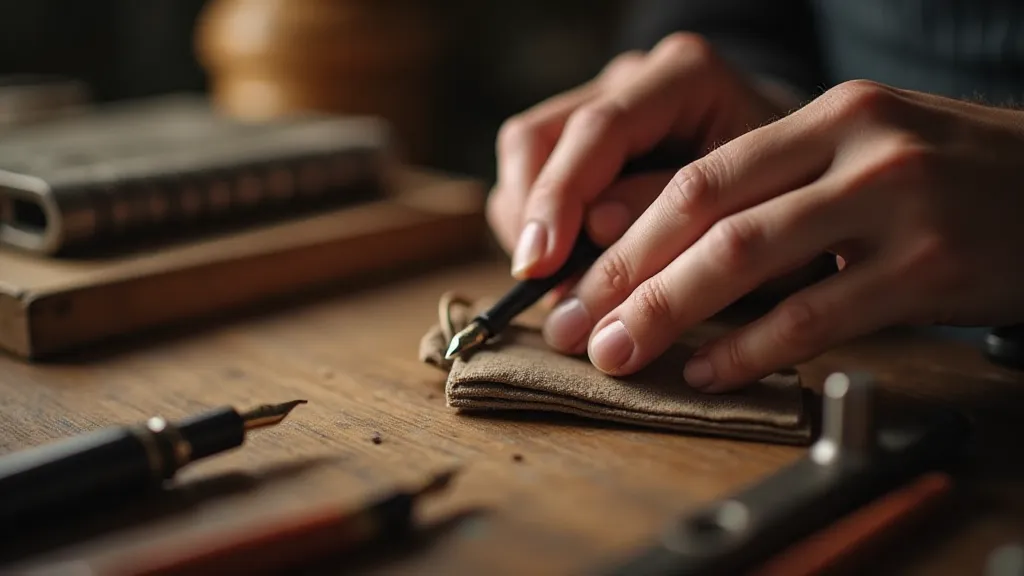
Beyond Smoothing: Addressing Misalignment
Sometimes, a rough feeling isn't due to surface roughness, but to tines that are slightly out of alignment. Correcting this requires a more advanced technique involving gently manipulating the tines using a specialized tool, often a tine tuning tool or even carefully controlled pressure. This is best left to experienced restorers, as improper handling can easily damage the nib beyond repair. The principle is to carefully bring the two tines back into a perfectly parallel plane. Sadly, not every pen can be saved, and sometimes A Pen's Requiem: When Restoration is Not an Option can be the only recourse for a treasured vintage writing instrument.
The Reward: A Symphony of Steel
The process of restoring an antique pen nib is a labor of love. It demands patience, a steady hand, and a deep appreciation for the craftsmanship of a bygone era. But the reward is immeasurable - a writing experience that transcends mere functionality. It’s a connection to history, a celebration of artistry, and a symphony of steel that dances across the page. The passion and dedication of those who built these pens is something to be admired, and maintaining these beautiful objects requires a commitment to preserving their legacy. For those with a dedication to curating collections, Guardians of Ink: Maintaining the Legacy of Vintage Pen Collections offers valuable insights into the careful preservation and upkeep of these treasured heirlooms.
Each restored nib tells a story - a testament to the enduring power of beautiful objects and the joy of breathing new life into the treasures of the past. It's a practice that not only restores a writing instrument but also fosters a deeper understanding and appreciation for the rich heritage of penmanship.
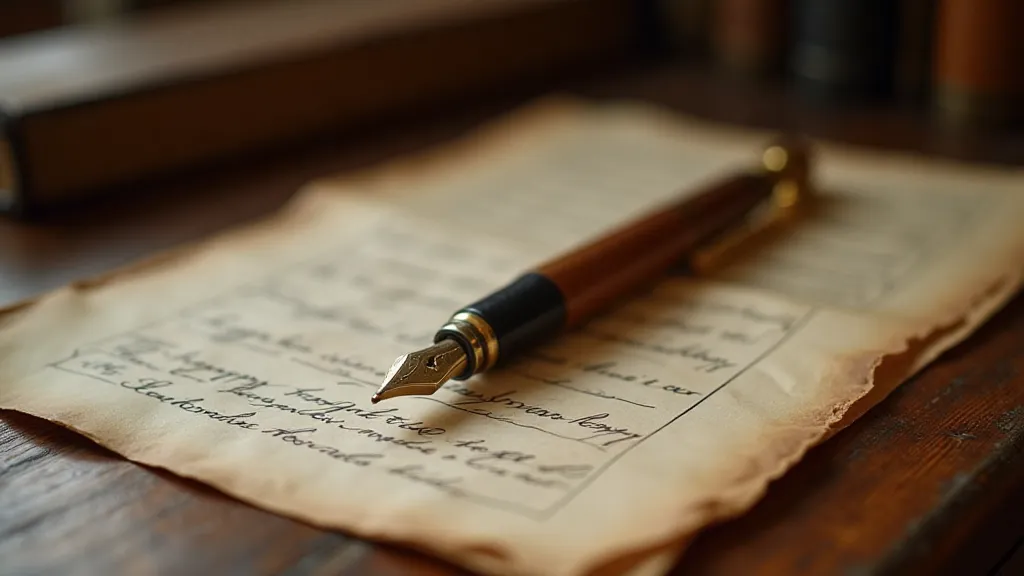
The journey of a restored pen is more than just a mechanical process; it is an experience that connects us to the past and inspires us to appreciate the artistry of bygone eras. It’s a way to celebrate the enduring legacy of craftsmanship and the timeless appeal of beautifully crafted objects.

